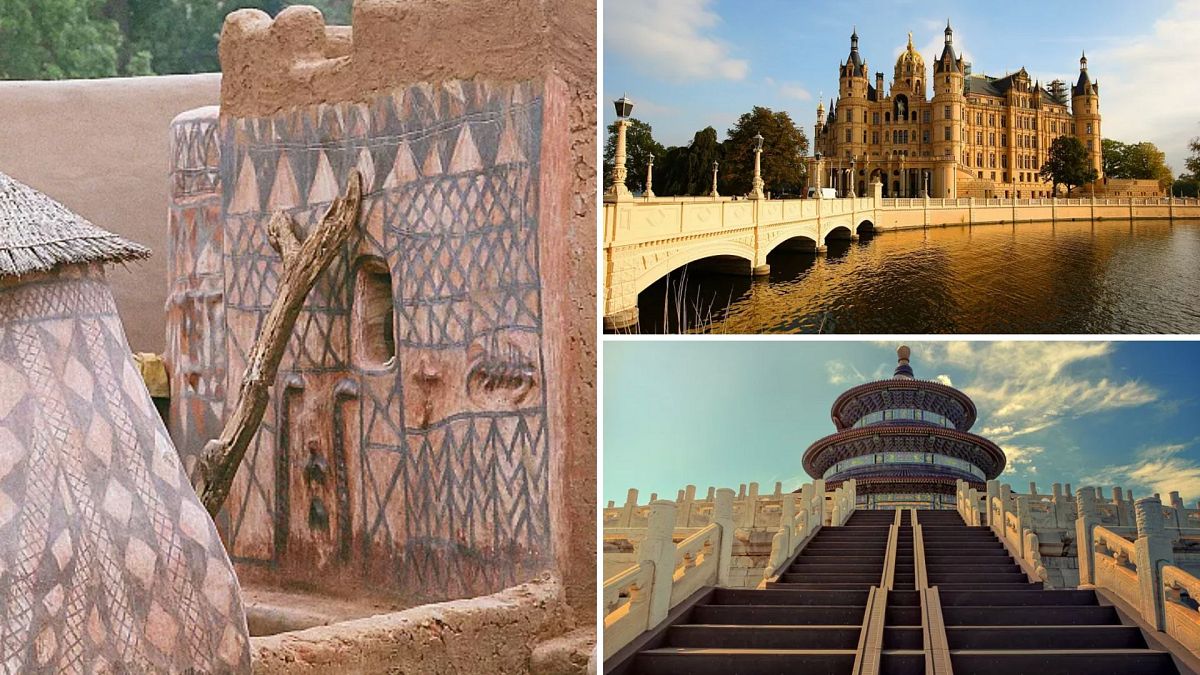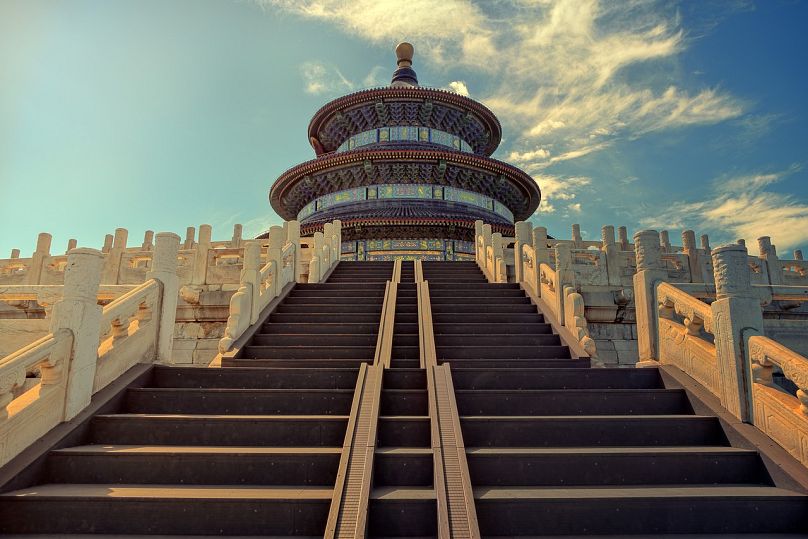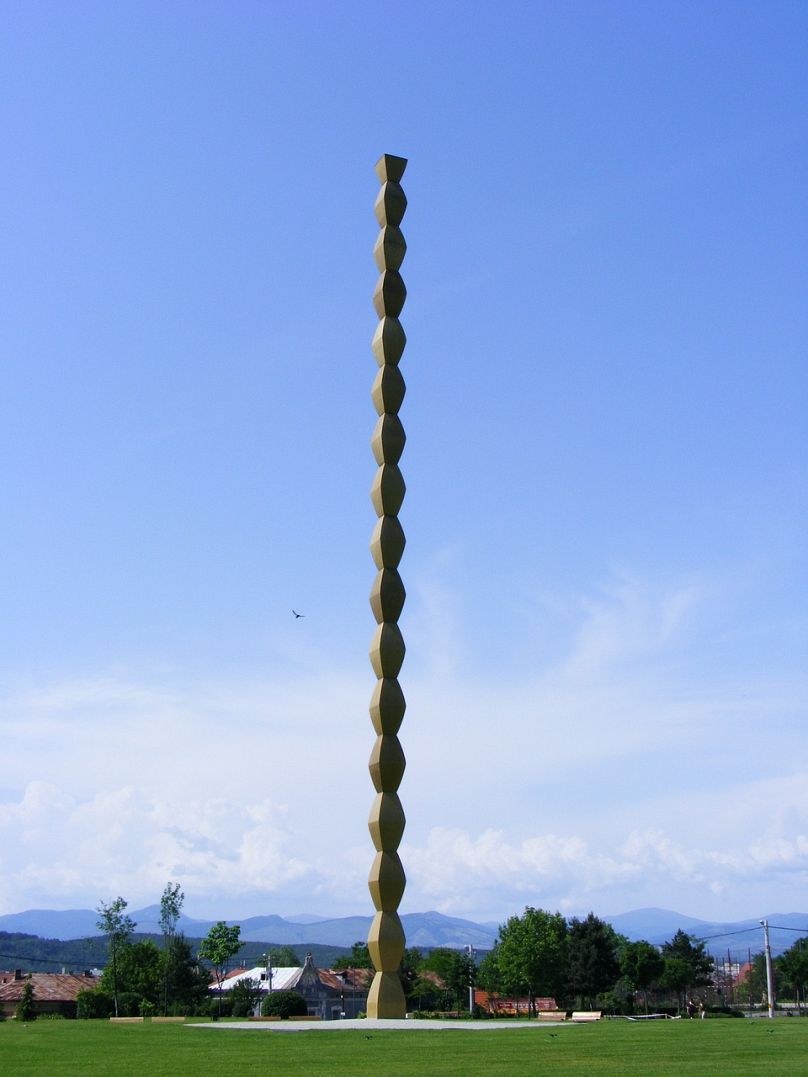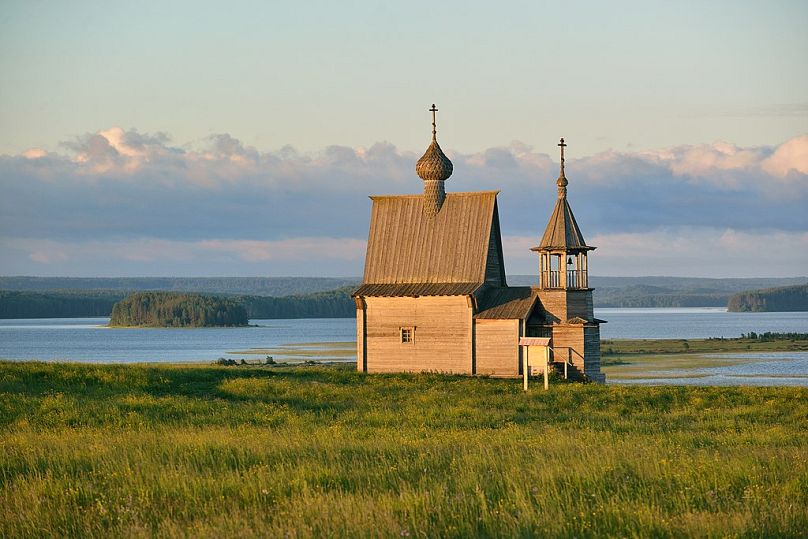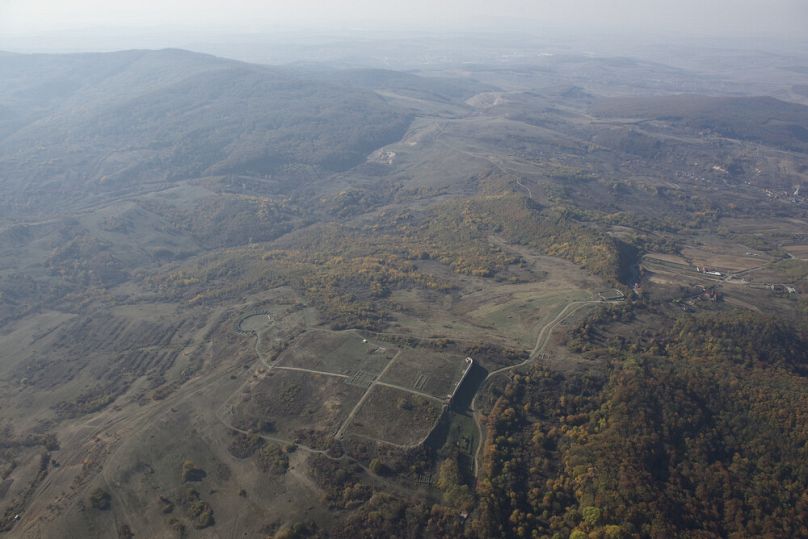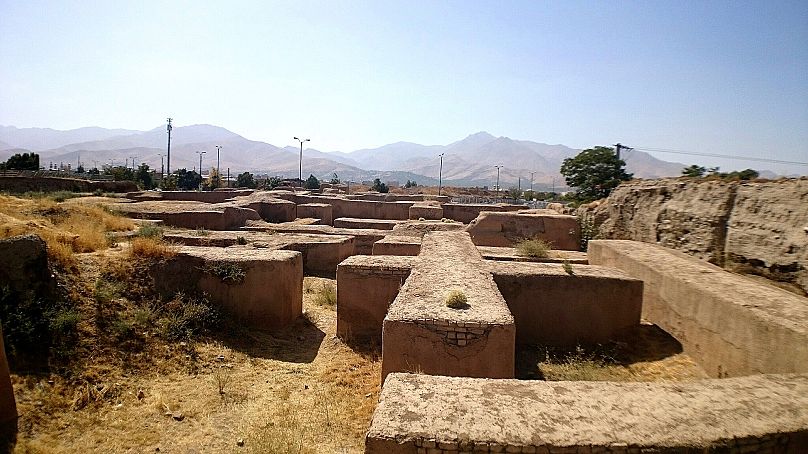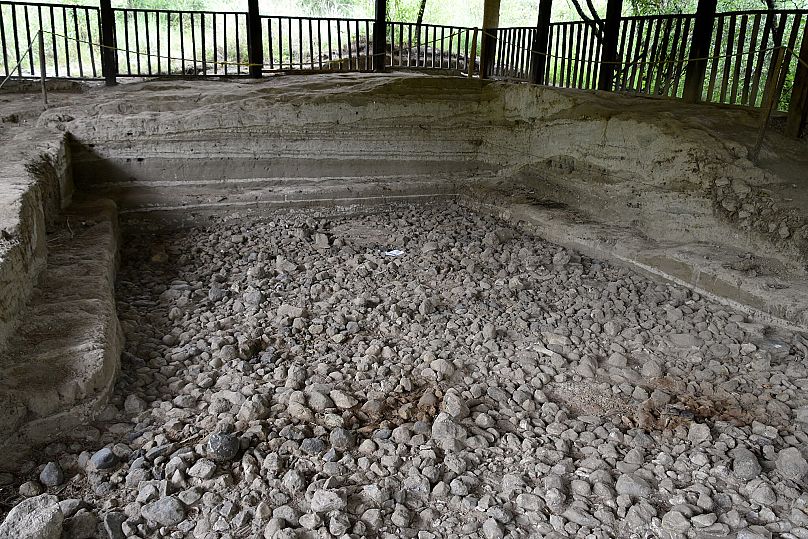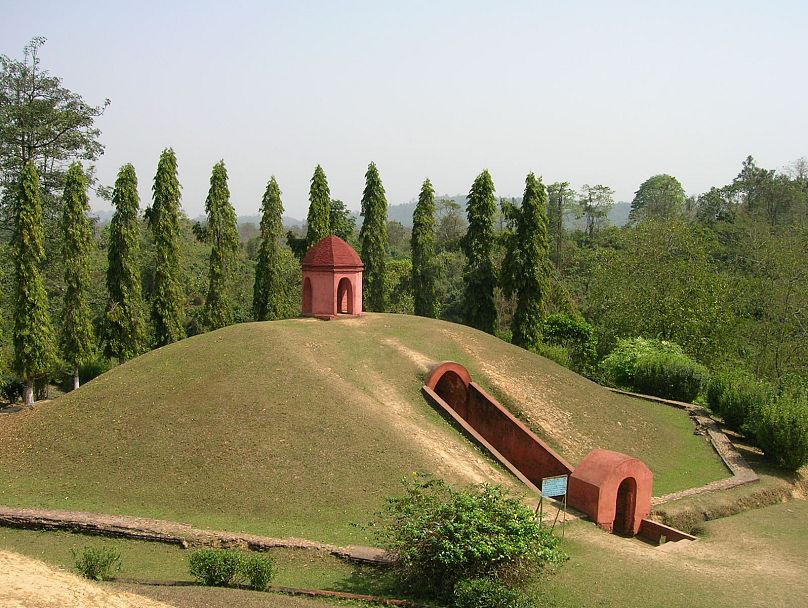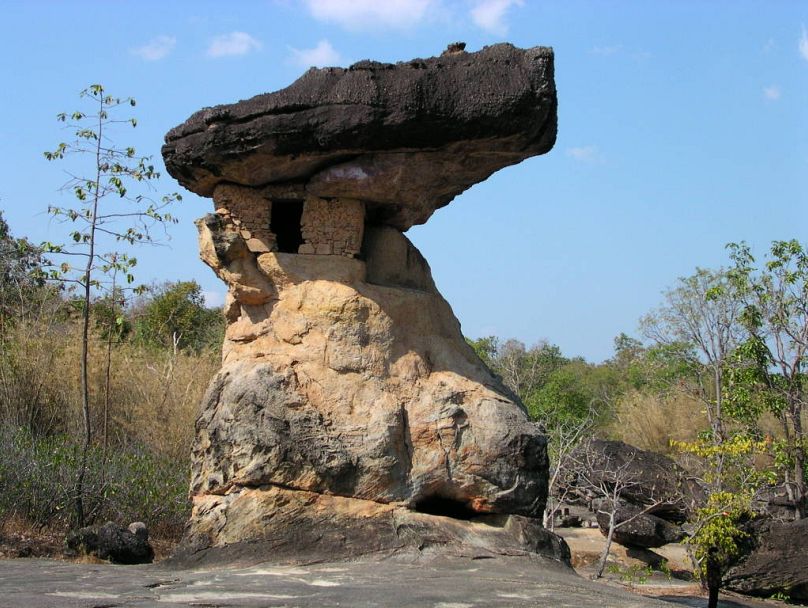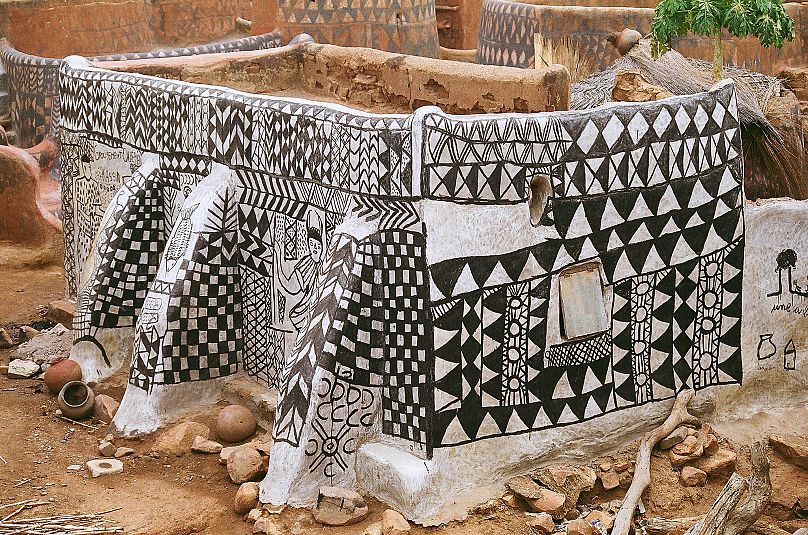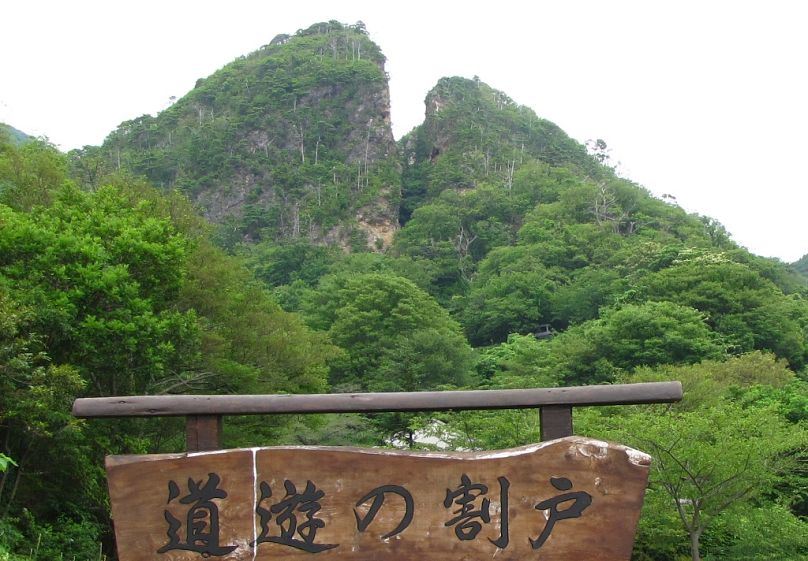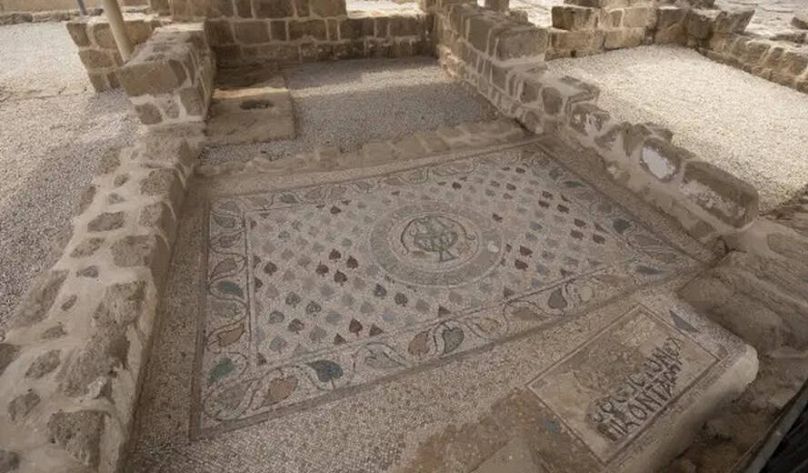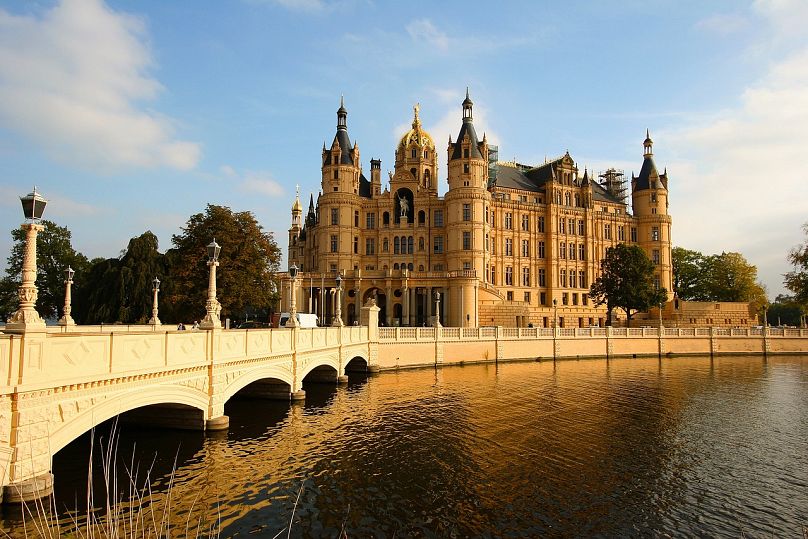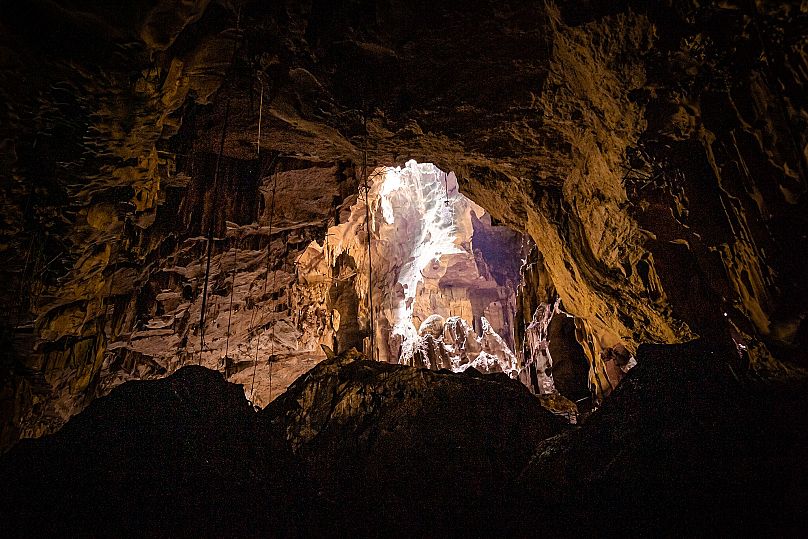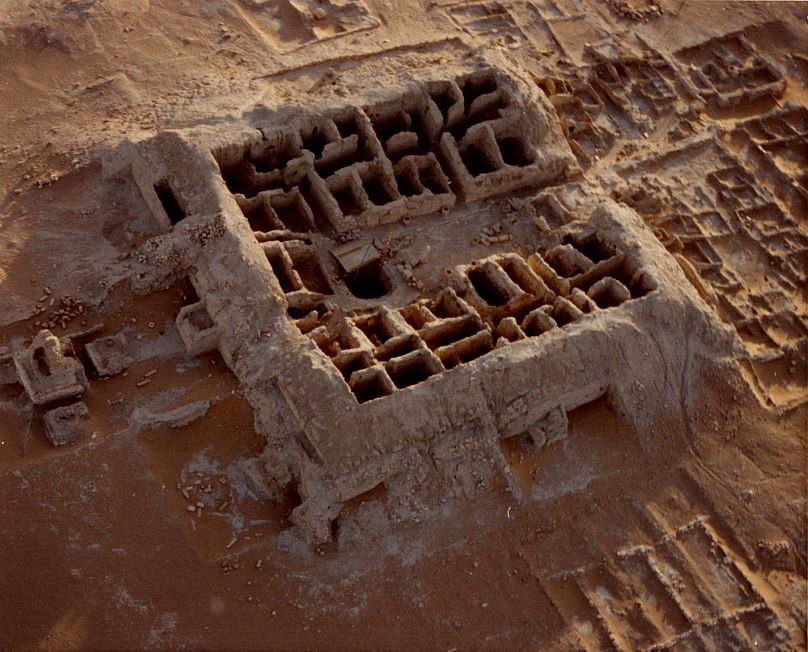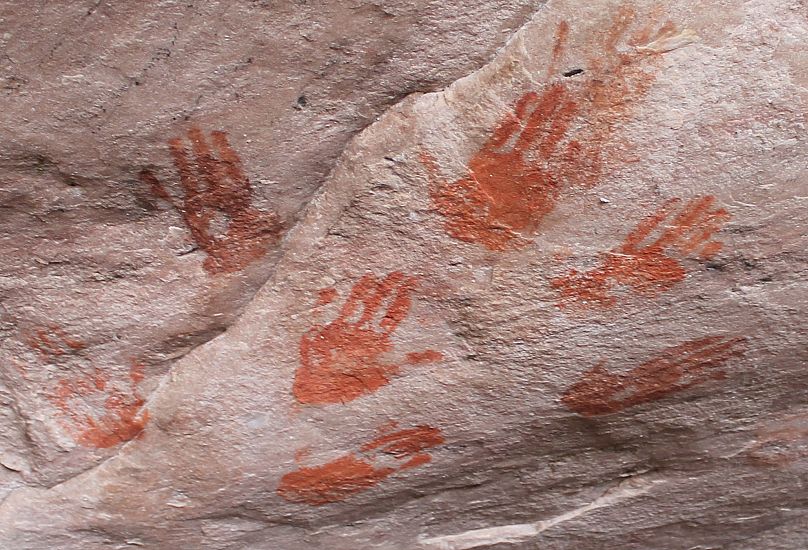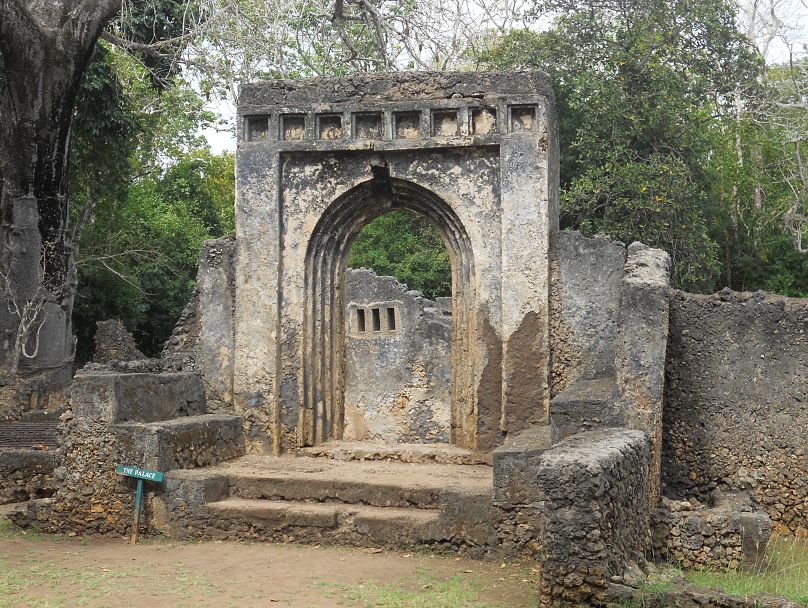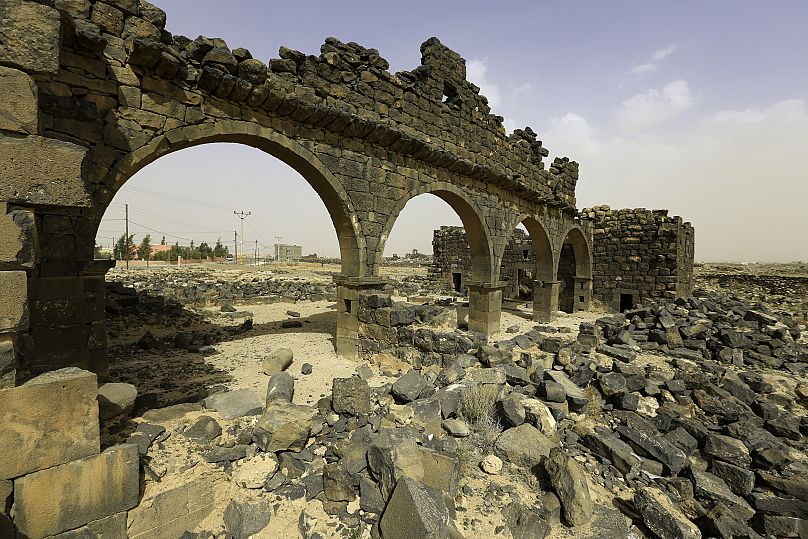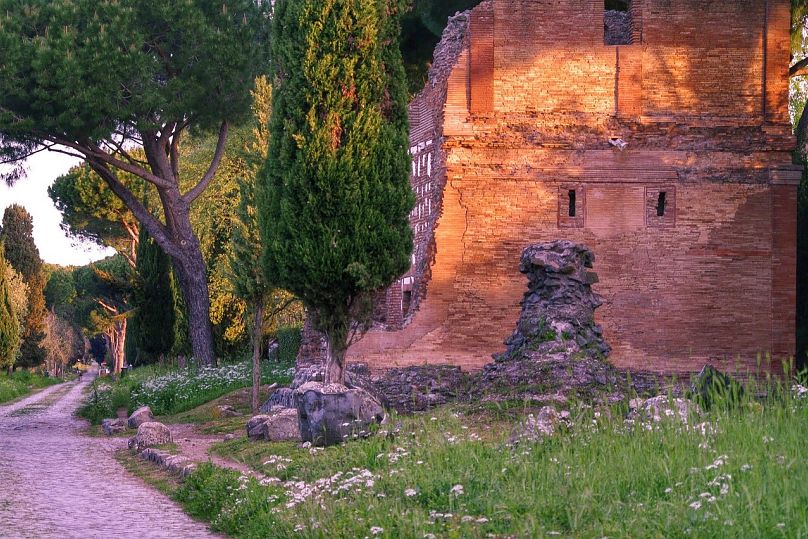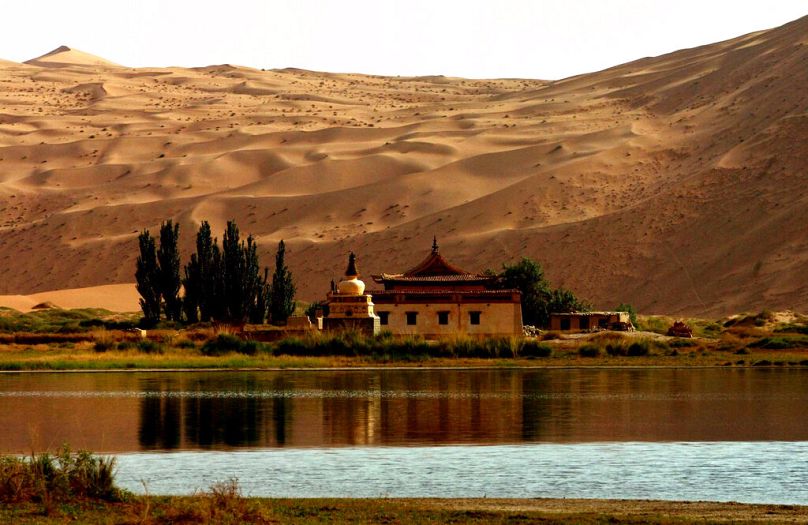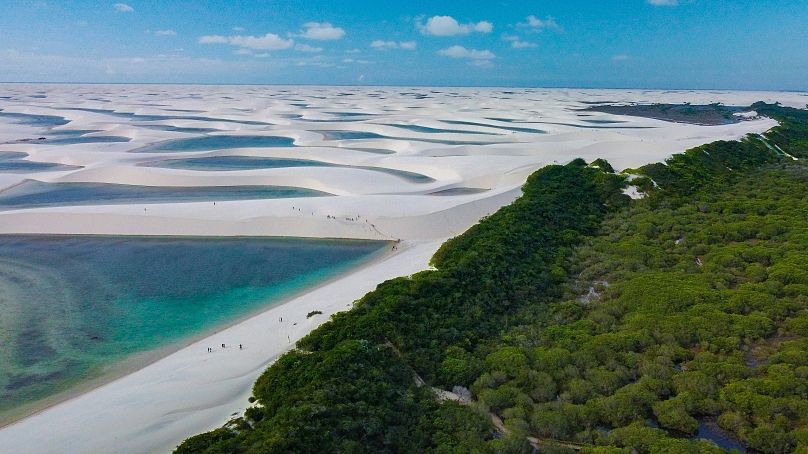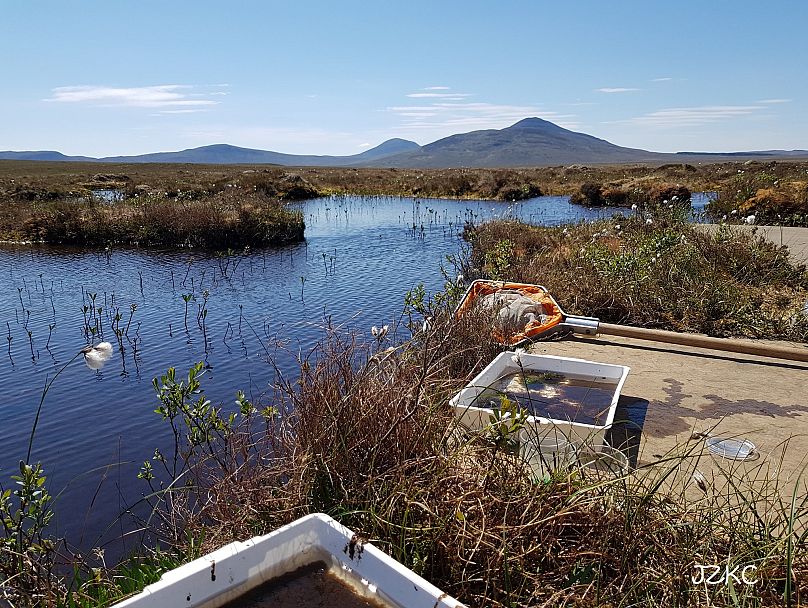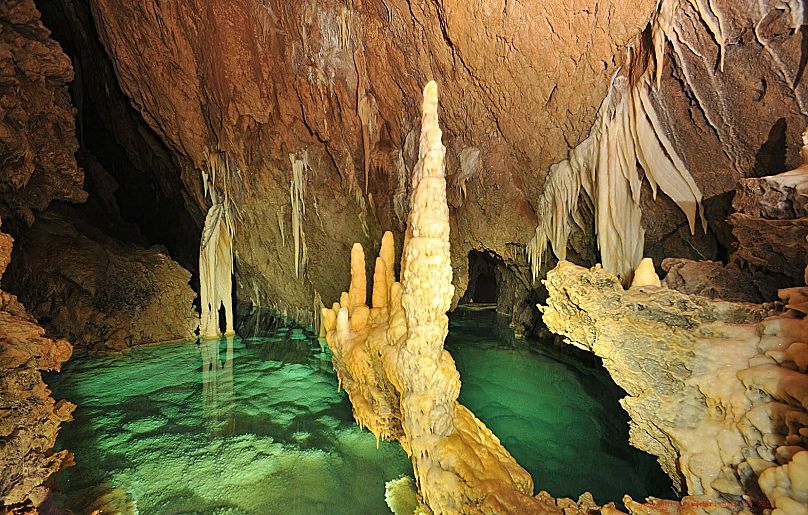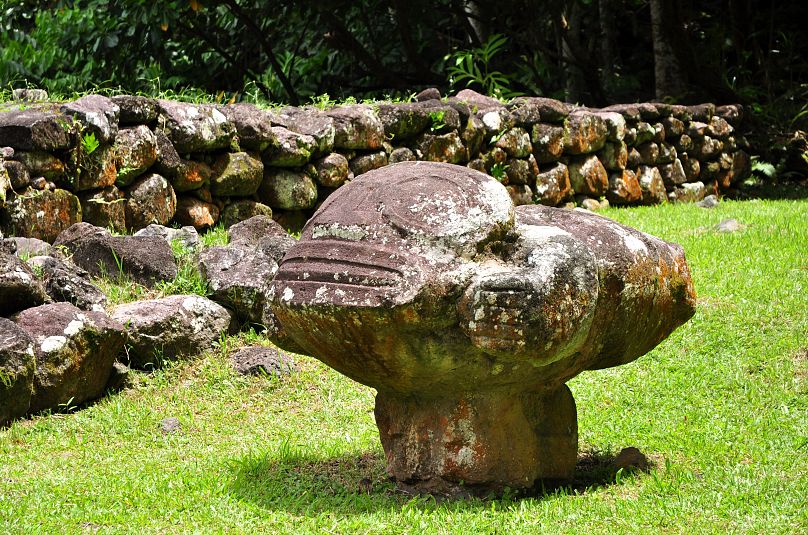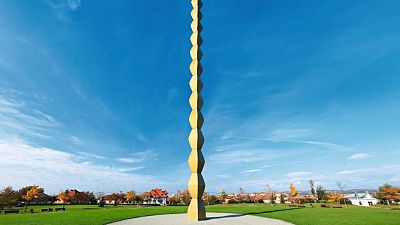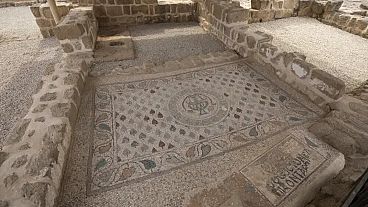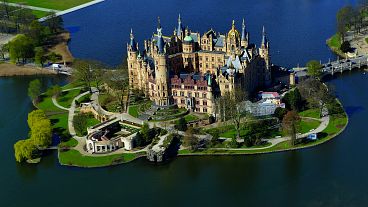There are now 1,223 World Heritage Sites around the globe.
Last month, the United Nations Educational, Scientific and Cultural Organisation (UNESCO) named the new cultural and natural properties inscribed on its list of World Heritage Sites.
Properties on the list are considered to be of outstanding universal value and benefit from the highest level of heritage protection in the world.
There are now 1,223 World Heritage Sites around the globe.
The 2024 additions include an ancient Roman road in Italy and sand dunes in Brazil. Keep reading for the full list of new World Heritage Sites.
Beijing Central Axis
China
The Central Axis is a complex running through the centre of Beijing first established in 1271, comprising former imperial palaces and gardens, sacrificial structures, and ceremonial and public buildings.
“The location, layout, urban pattern, roads and design showcase the ideal capital city as prescribed in the Kaogongji, an ancient text known as the Book of Diverse Crafts,” UNESCO says.
Brâncuși Monumental Ensemble of Târgu Jiu
Romania
The monumental ensemble of Târgu Jiu was designed in 1937-1938 by Constantin Brâncuși, a groundbreaking pioneer of modernism, to honour those who gave their lives defending the city during World War I.
“The remarkable fusion of abstract sculpture, landscape architecture, engineering, and urban planning conceived by Constantin Brâncuși goes far beyond the local wartime episode to offer an original vision of the human condition,” according to UNESCO.
Cultural Landscape of Kenozero Lake
Russian Federation
Beginning in the 12th century following Slavic colonisation, the cultural landscape of Kenozero Lake comprises rural settlements of vernacular wooden structures and “reflects the communal management of agriculture and nature that developed when the indigenous Finno-Ugric forest culture merged with the traditional Slavic field culture.”
“Wooden churches and other religious buildings, originally decorated with painted ceilings, or “heavens”, are the key social, cultural, and visual landmarks of the area,” reads the UNESCO listing. “Their spatial organisation, together with sacred sites and symbols, highlight the residents’ spiritual connection with this environment.”
Frontiers of the Roman Empire - Dacia
Romania
“The property comprises 277 component parts and represents the longest, most complex land border of a former Roman province in Europe,” says UNESCO.
“Traversing diverse landscapes, it is defined by a network of individual sites that include legionary fortresses, auxiliary forts, earthen ramparts, watch towers, temporary camps and secular buildings.”
Hegmataneh
Iran
Located in northwestern Iran, “Hegmataneh provides important and rare evidence of the Medes civilisation in the 7th and 6th centuries BCE and later served as a summer capital of Achaemenid, Seleucid, Parthian, and Sasanian rulers,” says UNESCO.
Human Rights, Liberation and Reconciliation: Nelson Mandela Legacy Sites
South Africa
The property comprising, 14 sites around the country, represents the legacy of the South African fight for human rights, freedom and reconciliation.
“These places reflect key events linked to the long struggle against the apartheid state; Mandela’s influence in promoting understanding and forgiveness; and belief systems based on philosophies of non-racialism, Pan-Africanism and ubuntu, a concept that implies humanity is not solely embedded in an individual,” according to UNESCO.
Melka Kunture and Balchit: Archaeological and Palaeontological Sites in the Highland Area of Ethiopia
Ethiopia
Located in the Upper Awash Valley in Ethiopia, this is a “cluster of prehistoric sites that preserve archaeological and palaeontological records - including footprints - that testify to the area’s occupation by the hominin groups from two million years ago.”
Moidams - the Mound-Burial System of the Ahom Dynasty
India
Set in the foothills of the Patkai Ranges in eastern Assam, the royal necropolis of the Tai-Ahom contains burial mounds that form a sacred geography.
“While moidams are found in other areas within the Brahmaputra Valley, those found at the property are regarded as exceptional,” says UNESCO.
Phu Phrabat, a testimony to the Sīma stone tradition of the Dvaravati period
Thailand
The Phu Phrabat Mountain area showcases the world’s largest collection of in situ Sīma stones of the Dvaravati period (7th-11th centuries CE).
“The scale of Sīma stone erection and rock shelter modification has transformed the natural landscape into a religious centre, and rock paintings on surfaces of 47 rock shelters are the physical evidence of human occupation over two millennia,” according to the UNESCO listing.
Royal Court of Tiébélé
Burkina Faso
“The property is an earthen architectural complex established since the 16th century that bears testimony to the social organisation and cultural values of the Kasena people,” according to UNESCO.
“Built by the men of the Royal Court, the huts are then adorned with decorations of symbolic significance by the women, who are the sole guardians of this knowledge and ensure this tradition is kept alive.”
Sado Island Gold Mines
Japan
The Sado Island Gold Mines are formed of five sections that illustrate diverse unmechanised mining methods.
Saint Hilarion Monastery/ Tell Umm Amer
State of Palestine
“Situated on the coastal dunes in Nuseirat Municipality, the ruins of Saint Hilarion Monastery/ Tell Umm Amer represent one of the earliest monastic sites in the Middle East, dating back to the 4th century,” the UNESCO listing reads.
“It was the first monastic community in the Holy Land, laying the groundwork for the spread of monastic practices in the region.”
Schwerin Residence Ensemble
Germany
This mainly 19th-century property includes the Grand Duke’s Residence Palace and manor houses, cultural and sacred buildings, and the Pfaffenteich ornamental lake.
UNESCO praises it as, “an exceptional architectural ensemble that reflects the historicist spirit of the time, ranging from neo-Renaissance to neo-Baroque and neo-Classical, with influences from the Italian Renaissance.”
The Archaeological Heritage of Niah National Park’s Caves Complex
Malaysia
This giant complex of interconnected caverns, located in Niah National Park on Borneo Island, contains the “longest known records of human interaction with rainforest, spanning at least 50,000 years.”
“The rich archaeological deposits, prehistoric rock paintings and boat-shaped burials found at the northern edge of the massif illustrate biological and human life during this time, and contribute greatly to the knowledge of human development, adaptation and migration in southeast Asia, as well as in a global context,” writes UNESCO.
The Cultural Landscape of Al-Faw Archaeological Area
Saudi Arabia
“Lying at a strategic point of the ancient trade routes of the Arabian Peninsula, the property was abruptly abandoned around the 5th century CE,” according to UNESCO.
“Nearly 12,000 archaeological remains have been found, spanning from prehistoric times to the Late pre-Islamic era, testifying to the successive occupation of three different populations and their adaptation to the evolving environmental conditions.”
The Emergence of Modern Human Behaviour: The Pleistocene Occupation Sites of South Africa
South Africa
The three archaeological sites of Diepkloof Rock Shelter, Pinnacle Point Site Complex, and Sibhudu Cave, located in the Western Cape and KwaZulu-Natal provinces, exemplify the most varied and best-preserved known record of the development of modern human behaviour dating back 162,000 years.
The Historic Town and Archaeological Site of Gedi
Kenya
The forest encircled, now abandoned city of Gedi was one of the most significant Swahili cities on the East African coast from the 10th to 17th centuries thanks to international trading links.
“The opulent settlement is clearly delineated by walls and features remains of domestic, religious, and civic architecture, and a sophisticated water management system,” the listing says.
“It strongly represents the characteristics of Swahili architecture and town planning, utilising materials such as coral rag, coral and earth mortar and wood.”
Umm Al-Jimāl
Jordan
This rural settlement in northern Jordan developed out of an earlier Roman settlement and was in use from around the 5th century CE until the end of the 8th century CE.
“It preserves basaltic structures from the Byzantine and Early Islamic periods that represent the local architecture style of the Hauran region, with some earlier Roman military buildings re-purposed by later inhabitants,” says UNESCO.
Via Appia. Regina Viarum
Italy
Stretching over 800 kilometres long, the Via Appia is the earliest and strategically most important of the monumental roads built by the Ancient Romans.
This property, composed of 22 component parts, is a fully developed ensemble of engineering works, illustrating the advanced technical skill of Roman engineers in the construction of roads, civil engineering projects, infrastructure and sweeping land reclamation works, as well as a vast series of monumental structures including, for example, triumphal arches, baths, amphitheatres and basilicas, aqueducts, canals, bridges, and public fountains,” the listing reads.
Badain Jaran Desert - Towers of Sand and Lakes
China
UNESCO highlights China’s third largest desert for its “high density of mega-dunes, intersected with inter-dunal lakes.”
“It displays spectacular ongoing geological and geomorphic features of desert landscapes and landforms which may well be unparalleled.”
Lençóis Maranhenses National Park
Brazil
Over half of this national park is made up of a white coastal dune field with temporary and permanent lagoons.
“Beyond its important role in biodiversity conservation, the park boasts globally significant aesthetic and geological/geomorphological values,” says UNESCO.
The Flow Country
United Kingdom of Great Britain and Northern Ireland
Located in the Highland Region of Scotland, this is “considered the most outstanding example of an actively accumulating blanket bog landscape.”
This peatland ecosystem, which has been accumulating for the past 9,000 years, provides a diversity of habitats home to a distinct combination of bird species and displays a remarkable diversity of features not found anywhere else on Earth,” the listing reads.
Vjetrenica Cave
Bosnia and Herzegovina
“Located in the Dinaric mountain range, the property stands out with its remarkable cave biodiversity and endemicity. Known since antiquity, the well-conserved representation of karst topography is one of the world’s most important biodiversity hotspots for cave-dwelling fauna, notably subterranean aquatic fauna,” according to UNESCO.
Te Henua Enata - The Marquesas Islands
France
“Located in the South Pacific Ocean, this mixed serial property bears an exceptional testimony to the territorial occupation of the Marquesas archipelago by a human civilisation that arrived by sea around the year 1000 CE and developed on these isolated islands between the 10th and the 19th centuries,” the listing says.












